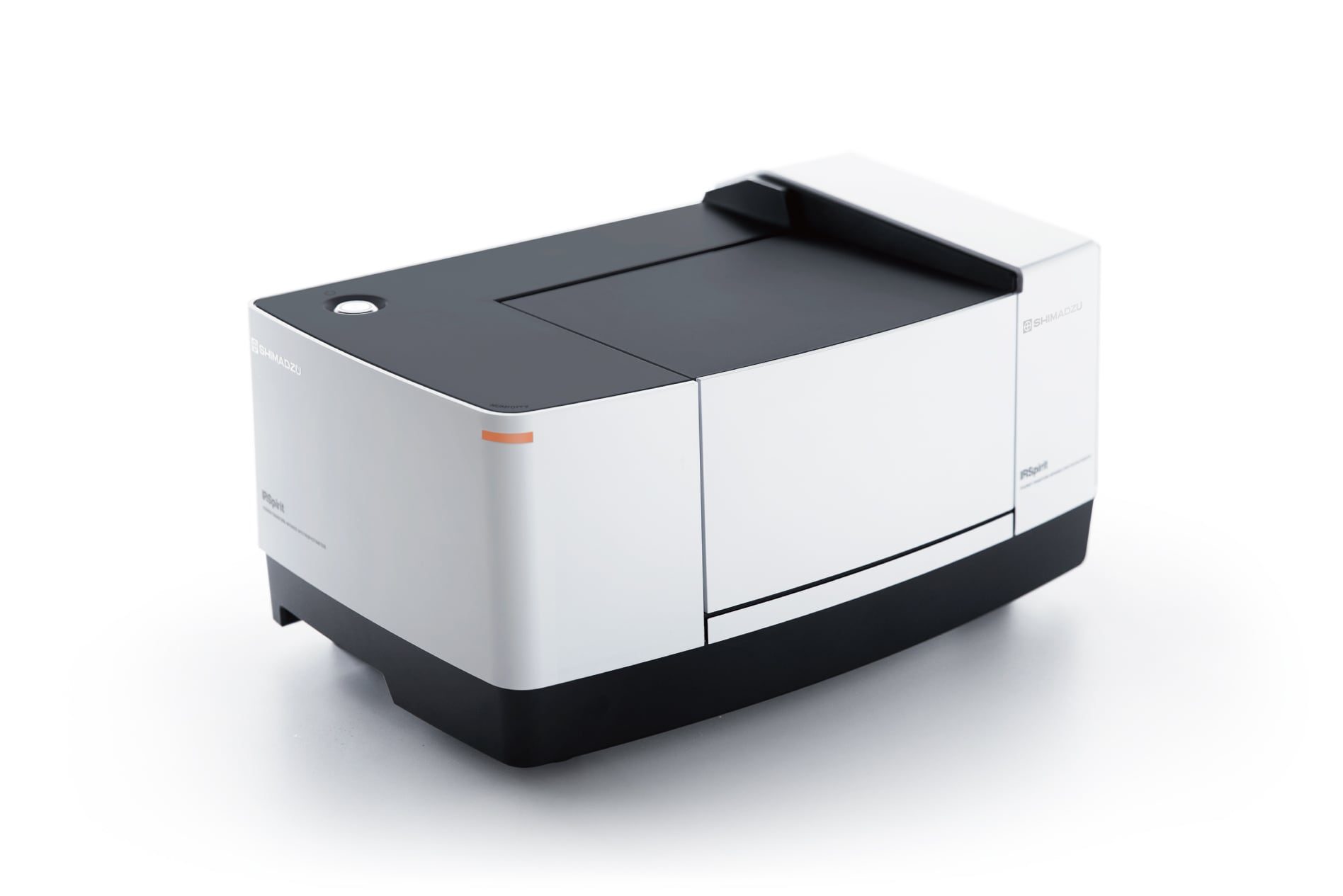
IRSpirit
-Effective curing conditions for CO2 reduction can be determined by real-time measurement of the thermal curing reaction of paints. -The heated ATR accessory used in this measurement enables measurements in the temperature zone from room temperature to 130 °C. -In the single-reflection ATR method, measurement is possible with one drop of specimen material due to the small size of the ATR prism.
Various countries and regions are promoting in a wide range of initiatives for introduction of renewable energy and reduction of CO2 emissions with the aim of achieving carbon neutrality by 2050 (the Chinese government plans to achieve net-zero carbon by 2060). Focusing on the automobile industry, which is a particularly large source of CO2 emissions, because approximately 25 % of CO2 emissions in the manufacturing process occur in the coating film forming process 1), auto makers and paint makers are developing new paints for CO2 reduction in that process. In the coating film forming process, after the paint is applied, it is dried by baking at a high temperature to thermally cure the paint. However, shortening the paint curing time and curing at lower temperatures are considered to be effective measures for reducing CO2 emissions. In this article, the thermal curing reaction of paint was measured in real time by using an FTIR and a heated ATR accessory. The structures of paint change partially in the thermal curing reaction, hence the optimum curing conditions can be determined by focusing on the peaks of the functional groups originating from the changed structures. Here, an acrylic urethane paint used in automobiles was measured.
June 4, 2024 GMT
Some products may be updated to newer models